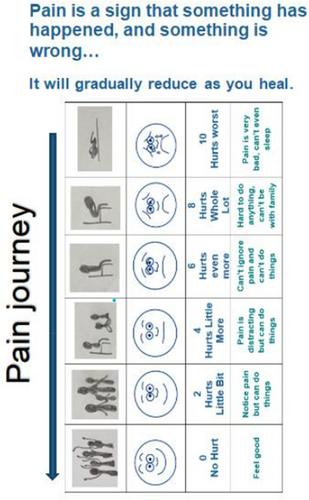The Deadly RED redesign and implementation research aimed to improve take own leave (TOL) rates within a Queensland emergency department by providing a culturally competent care pathway.
A mixed methods pre/post evaluation of the feasibility, acceptability and usability of the Deadly RED pathway for First Nations patients presenting to ED was performed. This pathway combined early welcome and information sharing, introduction of screening and follow up for patients who TOL and enhanced access to alternative community healthcare. Yarning circles facilitated co-design of research protocols and tools while a purposefully designed research Yarn enhanced understanding of the ‘story’ of the people. Qualitative analysis of Yarns allowed deductive themes to be extracted. A Participatory Action Research (PAR) approach and Indigenous research methodology involving First Nations people in design, knowledge sharing and joint ownership of results was used.
Common themes from the 85 yarns included the negative impact of long waiting times and positive impact from wholistic care. Unique themes identified included interpretation of waiting room placement and paracetamol prescription as a dismissal. Knowledge dissemination from yarning drove improvements in communications and processes to promote treatment completion resulting in elimination of these themes in post implementation yarns. Eighteen patients who had TOL were included in the post implementation yarns, however only eight of these believed that their treatment was incomplete.
The use of yarning for consumer engagement has allowed deeper understanding of the reasons for TOL in First Nations emergency patients. The reciprocal knowledge sharing has guided targeted improvements in wholistic emergency care and communication resulting in First Nations patients feeling their care is complete even when the ‘number’ reports otherwise.
Indigenous Research methodology including yarning with First Nations patients suggests alternative engagement methods to guide enhanced quality of care monitoring for ED presentations.



